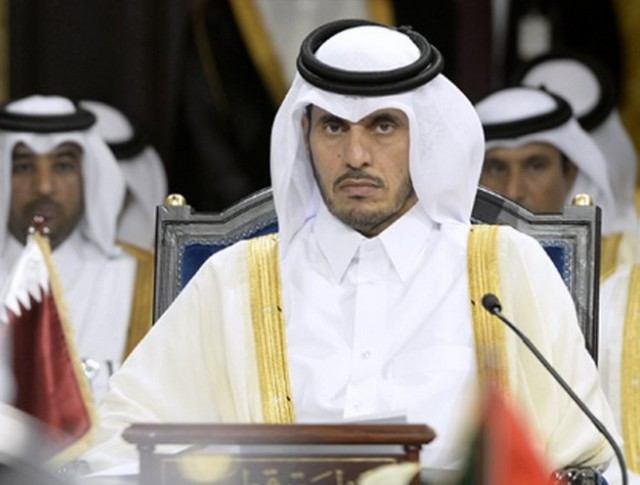What future for European airlines compagnies ?
March 2nd, 2018 Rédaction No Comment Airline Emirats arabes unis, Golfe, Kuwait Airways, Middle East Airlines, Royal Jordanian 2912 views
How to understand the craze of Gulf companies for European carriers preferably in poor health? The answer is probably in the composition of the fleets of carriers. Let’s forget the « secondary » airlines like Gulf Air and Kuwait Airways and let’s leave out the Middle East companies « Continental », I mean Royal Jordanian, Middle East Airlines and Saudia, which are very respectable but have not entered into the game of international acquisitions. .
The 3 main operators are Qatar Airways, Etihad Airways and Emirates. The three combined operate a fleet of 548 aircraft with a capacity of 180 seats or more, of which only 82 short-to-medium-haul aircraft and the rest, or 466 long-haul aircraft.
 For comparison purposes, the Air France/KLM group has put 354 equivalent aircraft on line, of which only half are long haul aircraft. We can already see what such a production tool can carry, so much so that the companies in question are now at the forefront for the quality of service and density of their international networks.
For comparison purposes, the Air France/KLM group has put 354 equivalent aircraft on line, of which only half are long haul aircraft. We can already see what such a production tool can carry, so much so that the companies in question are now at the forefront for the quality of service and density of their international networks.
Now these three have passed the most important, it seems almost extravagant orders for new aircraft from both Airbus and Boeing. Consider Qatar Airways 201 aircraft including 151 long-haul flights, Etihad Airways 175 aircraft including 139 long-haul flights and Emirates 266, all in long-haul flights. In total, that’s 642 aircraft, a hundred more than the sum of the current fleets.
So we wonder what these companies are going to do with it.
Of course there is the increase in traffic, which is estimated at 5% per year on average, and of course also a certain number of older aircraft will be resold, and it is possible that in the purchase contracts, the manufacturers have undertaken to take over a certain number of them, but finally the production capacity of the Gulf companies will increase significantly over the next 10 years.
 And all the more so since today’s aircraft have a much longer lifespan than those of the previous generation, say 30 years against 15 years ago, and the stabilization of oil prices will no longer make it as interesting to start up more modern aircraft and therefore less fuel consuming.
And all the more so since today’s aircraft have a much longer lifespan than those of the previous generation, say 30 years against 15 years ago, and the stabilization of oil prices will no longer make it as interesting to start up more modern aircraft and therefore less fuel consuming.
At the same time, these three players are confronted with the same difficulties inherent in their geographical position: a very weak national market and a very unstable political and diplomatic environment. They are forced to find outlets for their production capacity.
Asia is a very attractive continent because of its growth rate and the frenzied desire of people to move, but Gulf companies are running up against the ambitions of national carriers: Chinese, Indonesian, Malaysian or Indian carriers who defend their markets and are able to produce at these costs, which are still lower than those of Gulf companies.
 Africa may also be able to absorb additional capacities, but in limited numbers, because the markets are not yet mature and traffic rights will be made even more marketable with Gulf carriers as they liberalize between States.
Africa may also be able to absorb additional capacities, but in limited numbers, because the markets are not yet mature and traffic rights will be made even more marketable with Gulf carriers as they liberalize between States.
Africa. America is far away and the United States is raising barriers to protect its own air transport.
Rest of Europe. Of course, we can trust the States to defend their markets and not let in companies that are well identified as a danger to Europeans.
(only in our continent, air transport is still convalescing in our continent, air transport is still convalescing). The year 2017 was a good one and the three major carriers pulled off
On the same subject
The airlines closest to bankruptcy are …
« Bloomberg, the US financial group specialising in economic information, has just published a note...
19,000 jobs at risk at American Airlines
American Airlines has just threatened to cut a record 19,000 jobs when U.S. federal...
Tourism: Heathrow finds solution to avoid quarantine
Her Majesty’s Government is under enormous pressure from British transporters and tourism professionals to...










